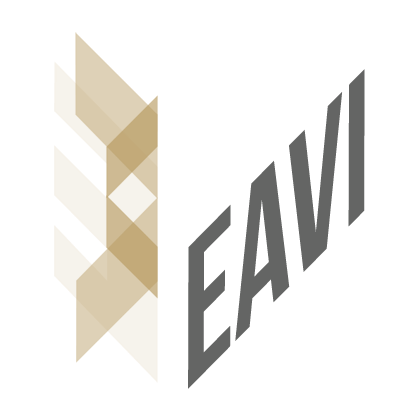On 25th November 2015, I demoed the “ShapeTones” audiovisual game at Nesta (National Endowment for Science Technology and the Arts) London, at the SoundLab Play Space event. I demoed together with my project colleagues Oussama Metatla and Fiore Martin (from DePIC research project). Also present were 4 more projects from my colleagues at Goldsmiths EAVI, namely from the SoundLab program. I also participated on a panel discussion on making music more accessible. The event was very well attended, and there was interest (and even some enthusiastic reactions) in our game.
Abstract:
ShapeTones is an audiovisual memory game for iOS (iPhone/iPad). A sequence of 3 shapes and tones (“ShapeTones”) is played, and the player tries to reproduce it. Tapping different areas of the screen trigger different ShapeTones. The game starts with 3 ShapeTones. As the game evolves, more ShapeTones become available. When a new ShapeTone is added, a trial screen is shown to demonstrate where each ShapeTone is triggered. Some surprises happen along the way. As a one player game, the sequence is created automatically. As a two player game, one player creates the sequence, passes the device to the other player, who tries to repeat it. They then swap the roles.ShapeTones is an accessible game – it can be played by anyone, including players with hearing or visual impairments. ShapeTones is being finalized at the moment, and will be released soon in the App Store.
ShapeTones is jointly developed by Nuno Correia from Goldsmiths, University of London (part of Enabling AVUIs research project, funded by Marie Curie EU fellowship) and Fiore Martin, Nick Bryan-Kinns, Oussama Metatla and Tony Stockman from Queen Mary, University of London (part of DePIC research project, funded by a EPSRC UK grant).
